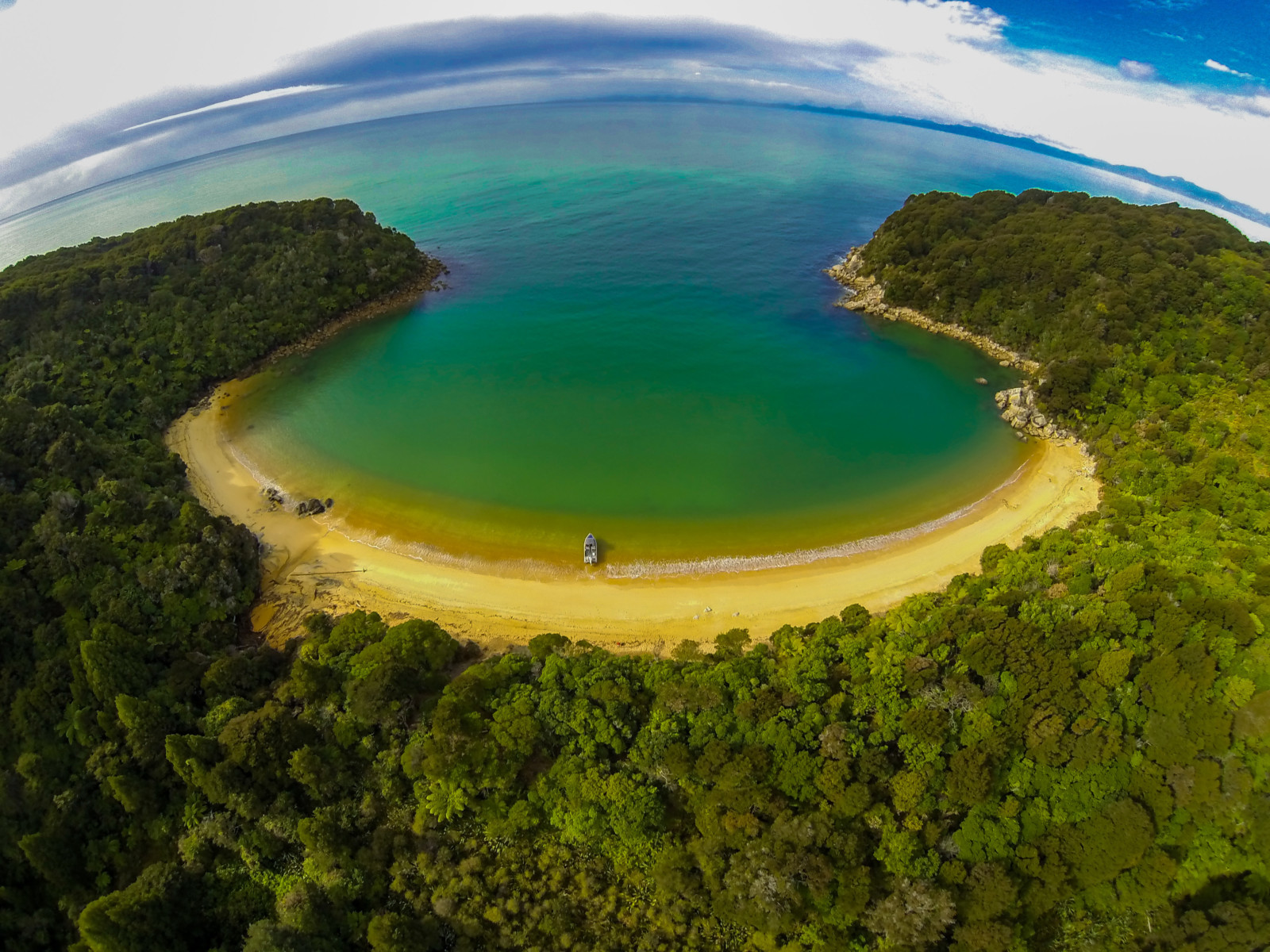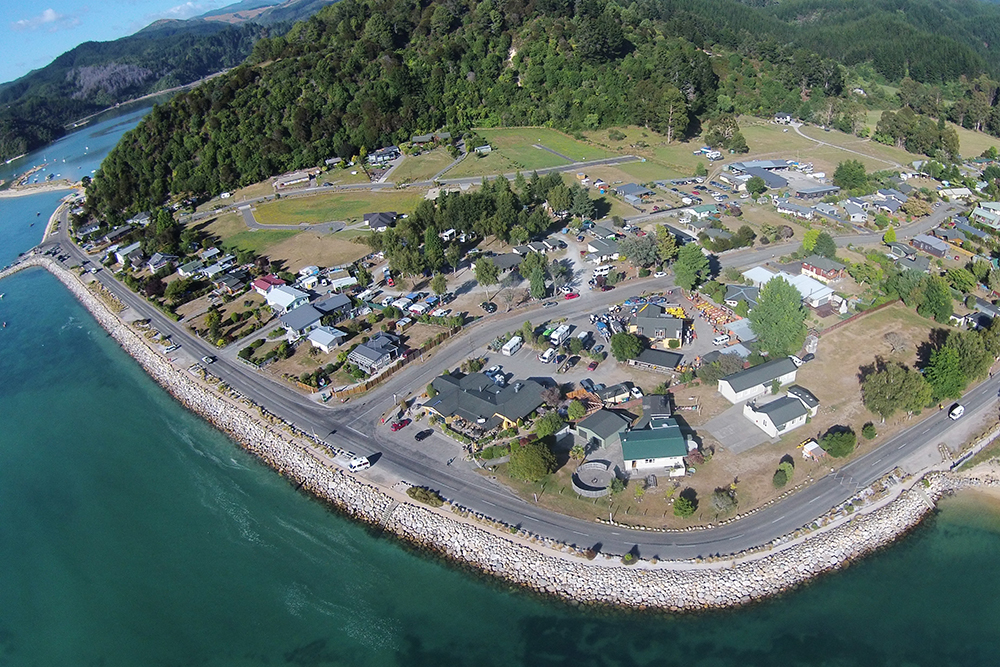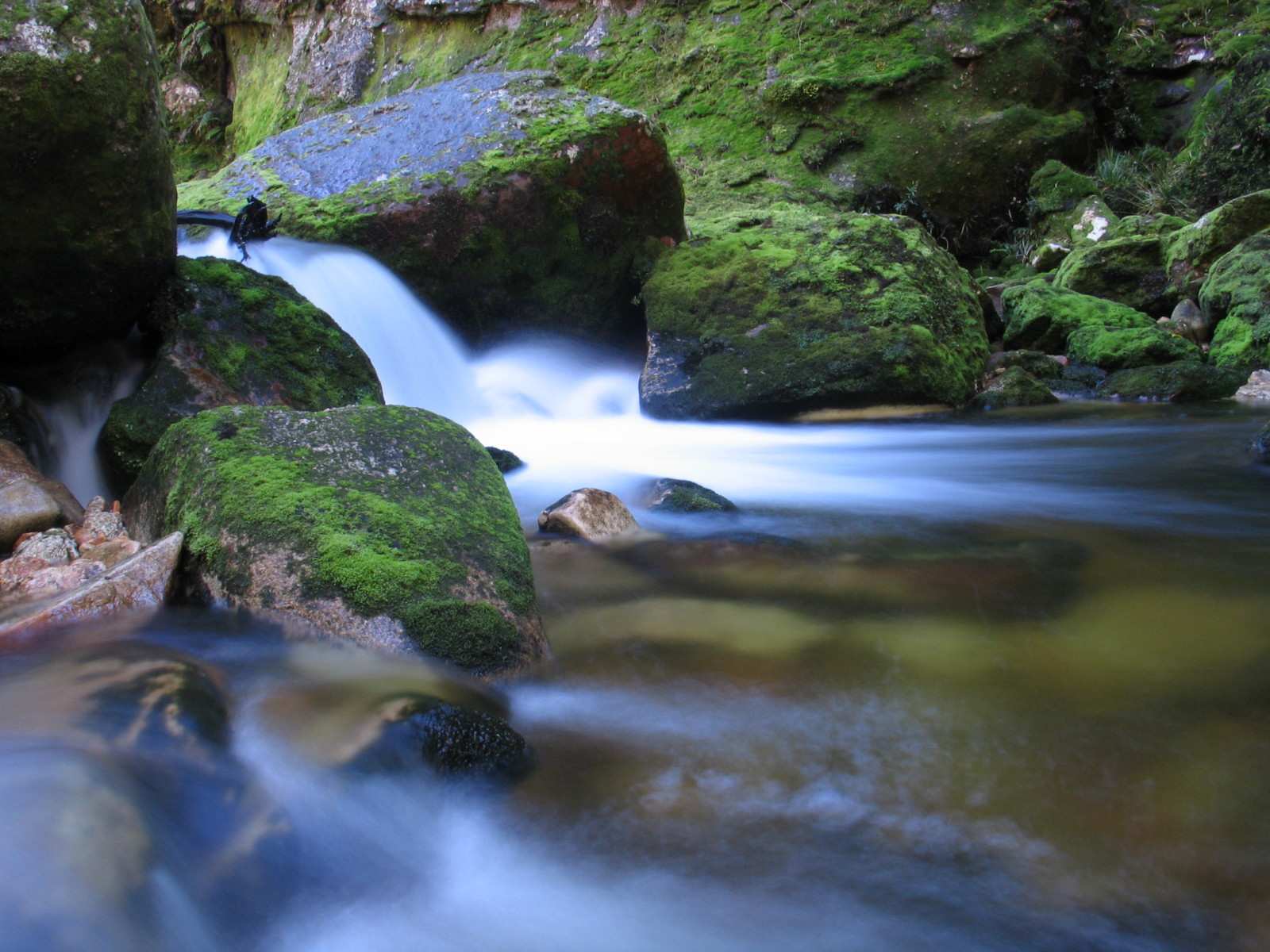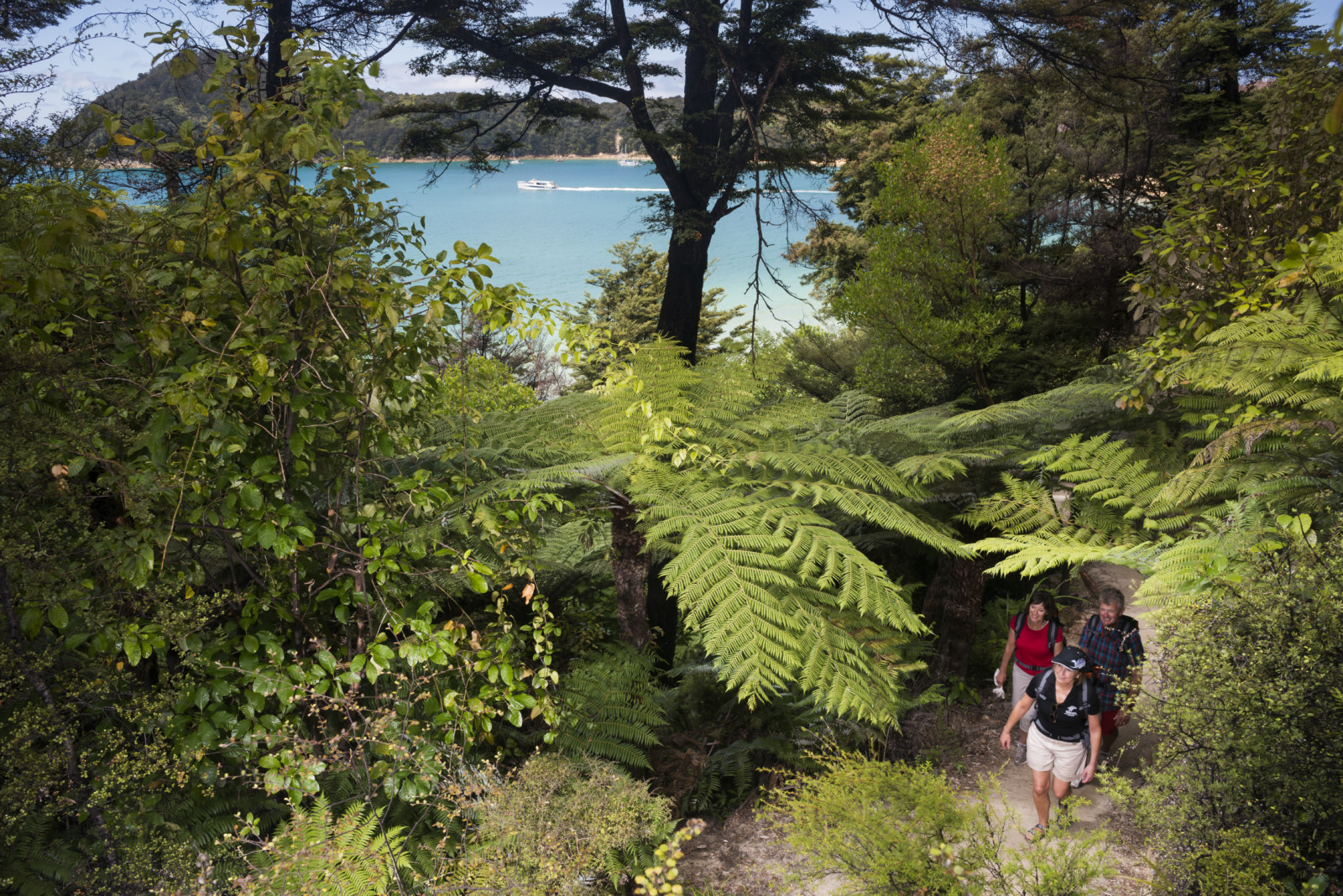WELCOME TO MARAHAU…
… the village right on the doorstep of the glorious Abel Tasman National Park
On the map as Marahau, but more commonly known as the Abel Tasman Village, we are the doorway to the world famous Abel Tasman National Park.
Peaceful. Natural. Welcoming.
Combining some of the best New Zealand has to offer…
Fabulous kiwi food, accommodation and experiences like no other including, world famous kayaking, scenery, walking, canyoning and golden beaches.
…All within easy walking distance.
We look forward to welcoming you…
WHY ABEL TASMAN VILLAGE?
• Start of the Abel Tasman National Park
• Experience Adventure, Scenery, Tranquillity
• Fabulous Coffee, Cafés and Restaurants
• Great Kiwi Hospitality
HISTORY
Abel Tasman is the name of the famous Dutch explorer who discovered New Zealand in 1642, the first European to do so – just west of here in Golden Bay.
The first Māori occupied this beautiful coast over 800 years ago before Tasman’s discovery. Sadly, the initial interaction between European and the Polynesian inhabitants was fatal. Four of Abel Tasman’s crew were killed and he set sail from these waters, never to return. In 1942, 300 years after Tasman’s arrival, Abel Tasman National Park was officially opened.
There are several known meanings for Marahau from the ‘garden with the right amount of wind’ to ‘fertile land’ or ‘Windy Garden’. The local Māori also knew this place as ‘the place of strong women’ and place of magic.
There is a history of Māori settlement dating back many centuries evidenced by Kumara (Sweet Potato) being grown abundantly in the Marahau Valley.
The geographical history of this area is also of great interest. The golden sands represent the weathering of Separation Point Granites – a band of soft golden rock which overlays some of the most interesting limestone and marble formations in the Southern Hemisphere. Many of these formations lie below the Takaka Hill to the west and comprise a massive network of underground caverns and limestone caves – many as yet unexplored.
Small tastes of these fascinating formations can be observed by visiting the Ngarua Caves at the top of Takaka Hill, and from there a short side trip to Canaan and a walk through the native beech forest to Harwood’s Hole – one of the deepest pot holes in the Southern Hemisphere. The underground source of the Riwaka River is located at the end of Riwaka Valley Road – a phenomenon also well worth a visit.





